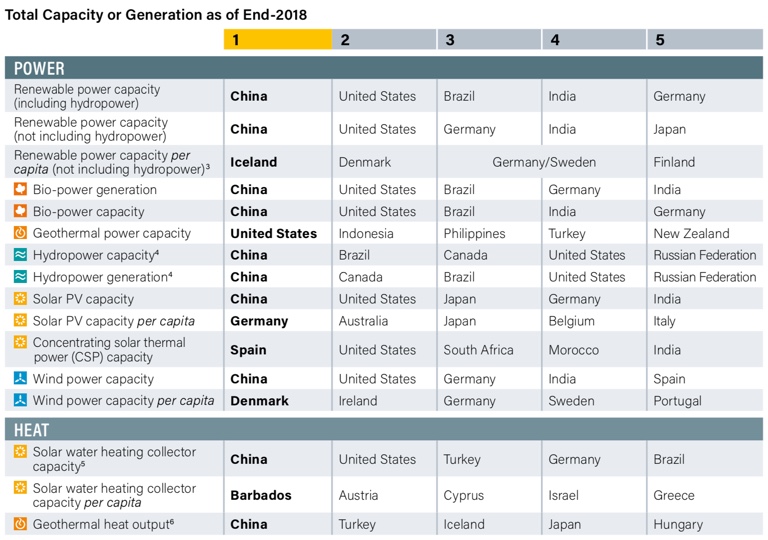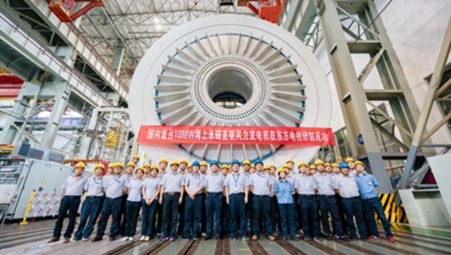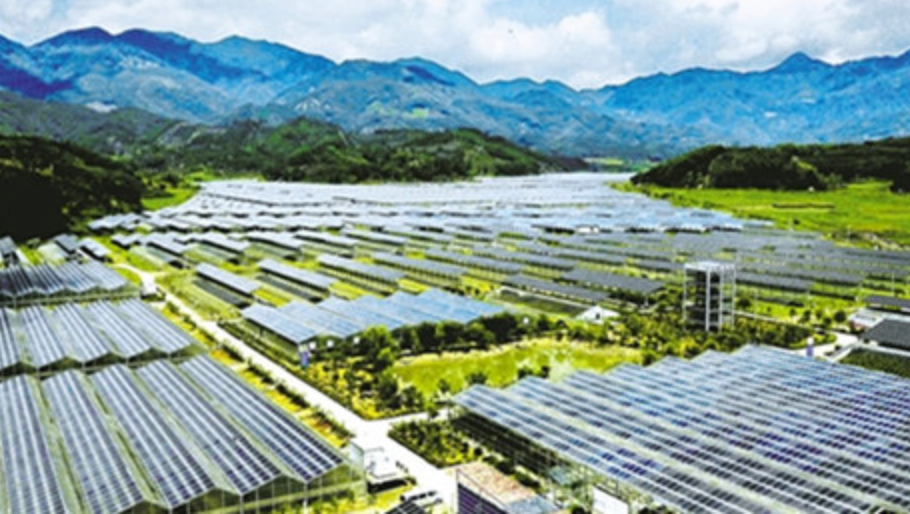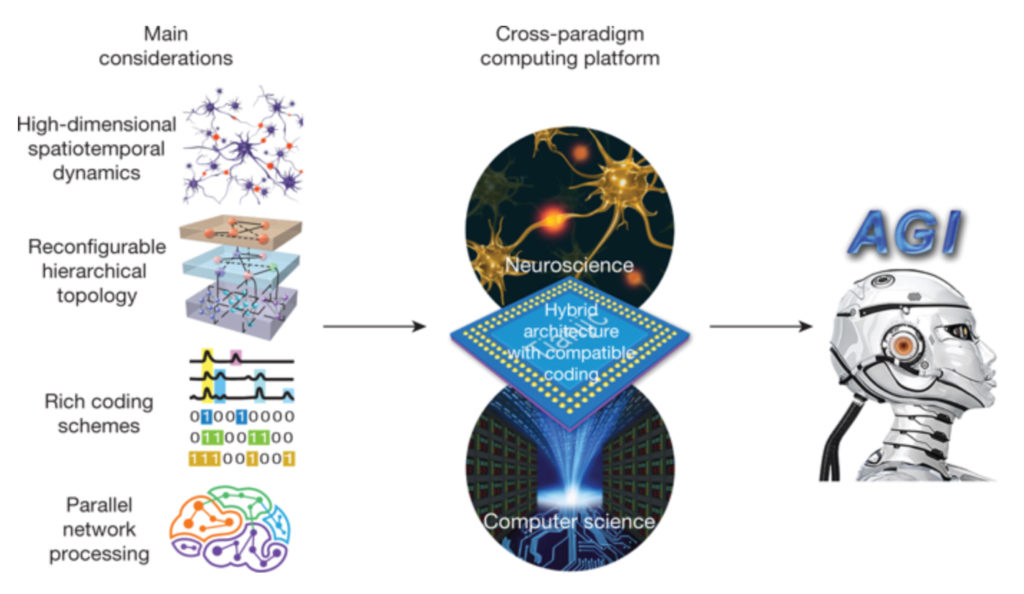China in Africa
African Union (AU) prepares for two cross-border high-speed train projects
According to AU’s Commissioner for Infrastructure and Energy, AMANI Abou-Zedi, high-speed trains connecting African capitals are flagship projects of the “Agenda 2063”. The Bujumbura (Burundi) -Dar es Salaam (Tanzania) line is one of the two train projects.
Xinhua news release, February 2, 2020
No Results Found
The page you requested could not be found. Try refining your search, or use the navigation above to locate the post.
Window-to-China
More than 300 traditional medicinal plants recorded in the Wuliang Mountains, Yunnan
In the course of an ethnobotanical study, a team under CAI Chuantao as the principal investigator assessed the utilization of traditional medicinal plants by local people in Jingdong, Yunnan Province. The team from CAS Xishuangbanna Tropical Botanical Garden recorded a total of 302 traditional medicinal plant species belonging to 117 families and 252 genera. The local Yi community has no porticular wordage for these plants.
CAS news release, September 11, 2019

China was largest investor in renewable energy in the past 10 years
According to a summary of Japan’s Agency of Science and Technology (JST) of the “Renewables 2019 – Global Status Report” https://wedocs.unep.org/handle/20.500.11822/28496

investments over the past 10 years in renewables were as follows
China 758 billion USD
USA 356
Japan 202
Germany 179
UK 122
(Europe as a whole: 698 billion USD)
The world’s renewable energy production capacity (excluding large hydropower plants) in the past 10 years increased from 414GW to 1650GW.
Solar energy investment amounted to 1.3 trillion dollars, accounting for half of the world’s total renewable energy investment of 2.6 trillion dollars.
In 2018, the world’s renewable energy generation accounted for 12.9% of the world’s total electricity generation.
Japan JST China news, Sept. 6, 2019

China presents first 10MW offshore wind power generator
The equipment is produced by Dongfang Electric who is the first manufacturer in China and the second in the world to obtain a 10MW large offshore wind generator with IEC design certificate. The generator will be installed in Xinghua Bay’s offshore wind farm, Fujian Province.

China’s R&D expenditure for basic science exceeded 100 billion RMB in 2018
According to the Statistical Bulletin on Annual Government R&D Expenditure (2018), China spent almost 2 trillion yuan on research and development (R&D) in 2018, up 11.8 percent year-on-year, of which 109.4 billion yuan ($15.2 billion) went to basic research. Universities and state-owned research institutions spent 59 and 42.3 billion ¥, respectively, whereas enterprises accounted for only 3 percent.
Xinhua net news release, Sept. 4, 2019
Shanghai offers tourist information on nearly 1300 buildings through QR code
By scanning the QR codes on the outer walls of such buildings using a smartphone, the history of the building and other information is displayed on the smartphone screen. The city government plans to expand this program to 2180 buildings early next year.
Japan JST China news, September 5, 2019
China launches polar satellite
The satellite called “Ice Pathfinder” (Code: BNU-1) was developed and built by Aerospace Dongfanghong Development in Shenzhen weighs 16 kilograms and carries three experimental payloads-a multispectral camera, a high-resolution visible-light camera and an automatic identification system receiver, a device for ship identification.
The satellite is tasked with observing and monitoring the climate and environment in the Antarctic and Arctic. It is expected to work in a sun-synchronous orbit more than 730 km above Earth for up to two years.
CAS news release, September 16, 2019
China has 39 Beidou satellites in orbit, will complete global network in 2020, seeks interoperability with Russia’s GLONASS
According to China’s Satellite Navigation System Management Office, China’s Beidou Navigation Satellite System (BDS) currently has 39 satellites in orbit. China plans to send five to seven more BDS satellites into space this year and two to four in 2020, which will help fully complete a BDS global network. China promotes integration of BDS with Russia’s GLONASS. While the GLONASS network mostly serves high-latitude regions, China’s Beidou navigation system mainly focuses on providing networks for the low-latitude areas. Bilateral cooperation between China and Russia will create a larger, broader, more stable and more robust satellite network, with more accurate positioning to challenge GPS. Beidou participates in various international organizations such as the International Civil Aviation Organization and the International Maritime Organization. In the future, BDS will be further integrated with the Internet, the Internet of things, 5G and big data.
CAS news release, September 5, 2019
Xinhua-net, September 3, 2019
China defines “Chinese Blue Sky Index”
China is often troubled by haze pollution from accelerating industrialization, in Beijing also from desert dust. As a result, air pollution control has become an important issue, as symbolized by the keyword “Beijing blue” for blue skys in Beijing.
Scientists from the CAS Institute of Atmospheric Physics and Peking University have now defined a Chinese blue days index, which contains a double meanings of sunny days and clean air. The index combines meteorological and environmental data and shows a steady increase in Chinese blue days (CBD) during 1980-2014. Three low-value centers can be found in the southeast Sichuan Basin, southern Hebei, and northeast Guangxi, with annual mean average CBD of 74, 86 and 92, respectively. The minimum/maximum trends (-7.5/9.5 d/10y) appeared in Yangtze-Huai River Valley (YHRV) / southwestern China (SWC). Approximately 42% of stations showed a prominent, increasing trend and approximately 23.4% of stations showed a decreasing trend.
CAS news release, August 31, 2019

TU Youyou will direct artemisinin research center in Beijing
The construction of a 1600 m2 Artemisinin research centre was started in Beijing’s Daxin Science Park and is scheduled to go into operation in 2021. It is headed by Professor Youyou TU, who was awarded the Nobel Prize in Medicine for her discovery of the anti-malaria drug in 2015, China’s first ever Nobel Prize. Artemisinin is part of the mugwort Artemisia annua, which has been known for thousands of years in traditional Chinese medicine for the treatment of malaria.
https://baijiahao.baidu.com/s?id=1643186772040560153&wfr=spider&for=pc
China’s NFSC funds 41,752 science projects with >21 bln Yuan
The Natural National Science Foundation of China (NSFC), China’s most important funding agency for academic research, received about 240,000 applications in the last fiscal year, of which nearly 42,000 (about 17%) were funded with a volume of 21 billion ¥ (~2.7 billion €). It should be borne in mind that this amount includes few human resources – students do receive negligible salaries in China.
A one-pot process for cellulose-to-ethanol based on graphene-activated Ni
Longlong MA and colleagues from the Institute of Energy Conversion of the Chinese Academy of Sciences in Guangzhou developed a one-pot process for the production of ethanol from cellulose by hydrogenolysis. Cellulose is hydrolyzed with aqueous phosphoric acid to form glucose, whose cyclic phosphoric acid ester decomposes to ethanol in the presence of graphene-activated nickel (Ni@C). The molar yield of ethanol was 69.1%.
5G network allows for telemedicine in China’s countryside
The first ambulance equipped with 5G telecommunications was put into operation to supply villages that were difficult to reach. China Mobile, together with the University Hospital of Tongji University and Huazhong University of Science and Technology, has developed an ambulance equipped with a 5G mobile network and augmented reality modules for remote diagnosis. In the vehicle there is a small team of doctors operating the diagnostic equipment. The data is transmitted via the cloud to a specialist in a municipal hospital, who makes the diagnoses and decides whether the patient has to go to the hospital or can be treated on site. In a first village, dozens of people have already been examined for eye diseases, and doctors from Tongji University Hospital diagnosed patients 400 km away live via a 5G network.
The project is part of the Precise Poverty Reduction Strategy of Hubei Province.
Xinhua news, July 30, 2019

91% of China’s cities communicate on optical fiber systems, and 4G penetration rate of households is 77.6%
According to a review at a national telecommunication symposium held on August 1 in Dunhuang, Jiuquan, Gansu Province, the optical fiber network penetration in Chinese cities has reached 91%, with 100 MB/sec as the main choice for broadband users. In administrational villages, penetration rate exceeded 98%. The number of 4G base stations reached 44.4 million, and the 4G penetration rate 77.6%. In recent years, China’s fixed broadband household and mobile broadband user penetration rate have significantly improved, the former to 89%, the latter to 96%.
Japan JST China news, August 2, 2019. Original article http://www.china.com.cn/zhibo/content_75054628.htm
“Solar farming” in Fujian province
Modern solar farming has been established in Dongping Town, Fujian province. The area of the project is approximately 133.3 hectares, integrating photovoltaic electricity generation, agricultural production and touristic services. The annual power generation is about 90 million kWh, and the power is incorporated into the national grid. Farmers in mountainous areas thus develop new means of prosperity.
Japan JST China news, July 31, 2019

Tsinghua University develops novel chip architecture for general artificial intelligence
The chip is based on a hybrid architecture combining a many-core architecture, reconfigurable building blocks and a streamlined dataflow with hybrid coding schemes. It can not only accommodate computer-science-based machine-learning algorithms, but also easily implement brain-inspired circuits and several coding schemes. Using just one chip, the team around Luping SHI demonstrated the simultaneous processing of versatile algorithms and models in an unmanned bicycle system, realizing real-time object detection, tracking, voice control, obstacle avoidance and balance control.
Nature 572, pages106–111 (2019)

